Abhijeet Bishnu
A Novel Frame Structure for Cloud-Based Audio-Visual Speech Enhancement in Multimodal Hearing-aids
Oct 24, 2022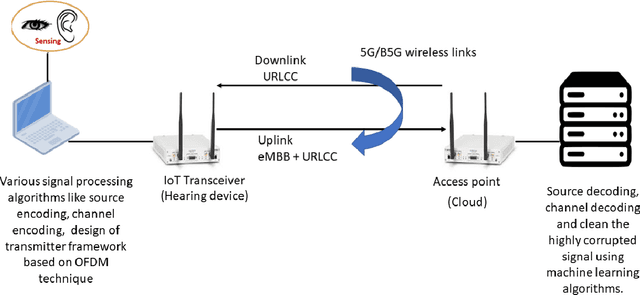
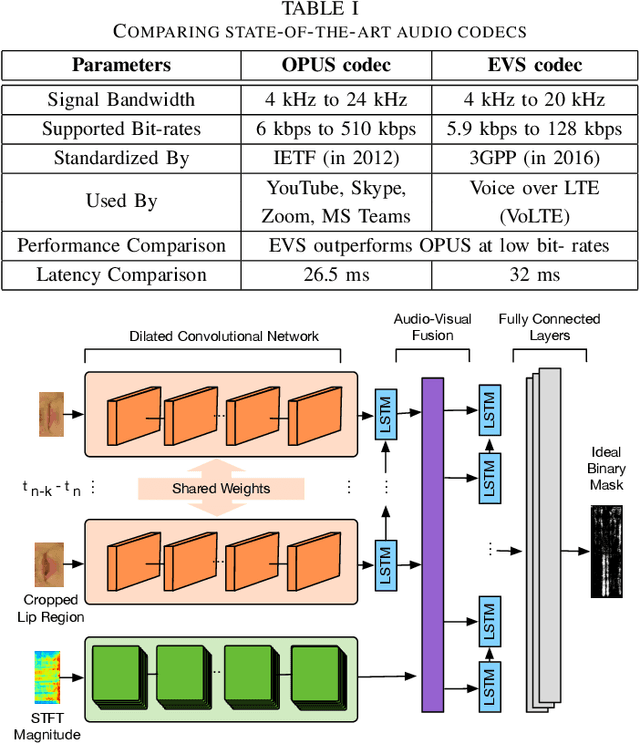
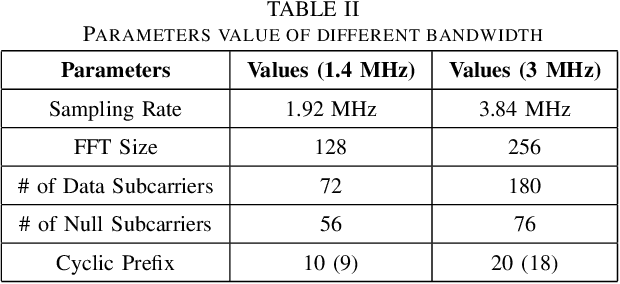
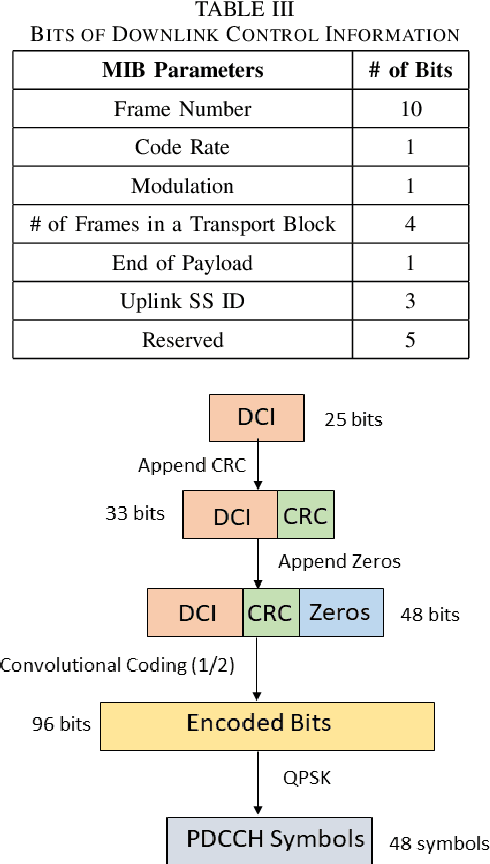
Abstract:In this paper, we design a first of its kind transceiver (PHY layer) prototype for cloud-based audio-visual (AV) speech enhancement (SE) complying with high data rate and low latency requirements of future multimodal hearing assistive technology. The innovative design needs to meet multiple challenging constraints including up/down link communications, delay of transmission and signal processing, and real-time AV SE models processing. The transceiver includes device detection, frame detection, frequency offset estimation, and channel estimation capabilities. We develop both uplink (hearing aid to the cloud) and downlink (cloud to hearing aid) frame structures based on the data rate and latency requirements. Due to the varying nature of uplink information (audio and lip-reading), the uplink channel supports multiple data rate frame structure, while the downlink channel has a fixed data rate frame structure. In addition, we evaluate the latency of different PHY layer blocks of the transceiver for developed frame structures using LabVIEW NXG. This can be used with software defined radio (such as Universal Software Radio Peripheral) for real-time demonstration scenarios.
A Novel Chaos-based Light-weight Image Encryption Scheme for Multi-modal Hearing Aids
Feb 11, 2022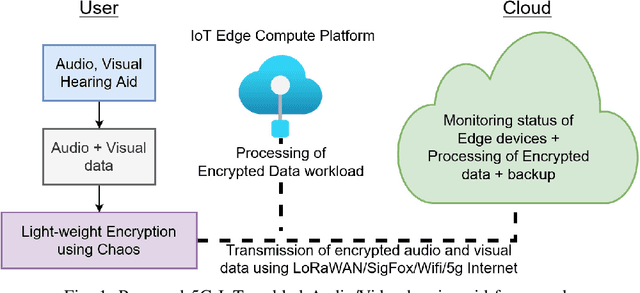
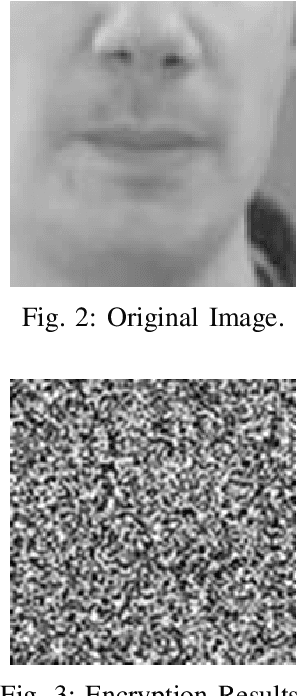
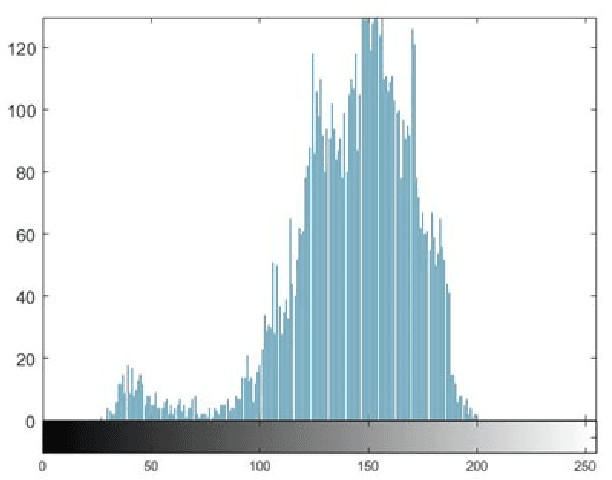
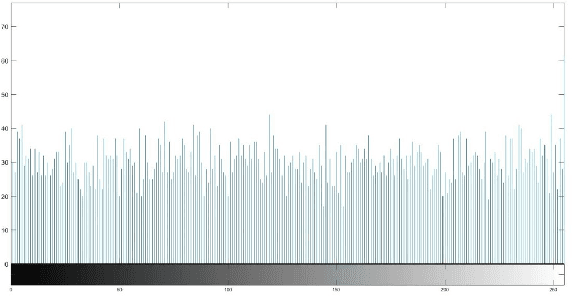
Abstract:Multimodal hearing aids (HAs) aim to deliver more intelligible audio in noisy environments by contextually sensing and processing data in the form of not only audio but also visual information (e.g. lip reading). Machine learning techniques can play a pivotal role for the contextually processing of multimodal data. However, since the computational power of HA devices is low, therefore this data must be processed either on the edge or cloud which, in turn, poses privacy concerns for sensitive user data. Existing literature proposes several techniques for data encryption but their computational complexity is a major bottleneck to meet strict latency requirements for development of future multi-modal hearing aids. To overcome this problem, this paper proposes a novel real-time audio/visual data encryption scheme based on chaos-based encryption using the Tangent-Delay Ellipse Reflecting Cavity-Map System (TD-ERCS) map and Non-linear Chaotic (NCA) Algorithm. The results achieved against different security parameters, including Correlation Coefficient, Unified Averaged Changed Intensity (UACI), Key Sensitivity Analysis, Number of Changing Pixel Rate (NPCR), Mean-Square Error (MSE), Peak Signal to Noise Ratio (PSNR), Entropy test, and Chi-test, indicate that the newly proposed scheme is more lightweight due to its lower execution time as compared to existing schemes and more secure due to increased key-space against modern brute-force attacks.
 Add to Chrome
Add to Chrome Add to Firefox
Add to Firefox Add to Edge
Add to Edge